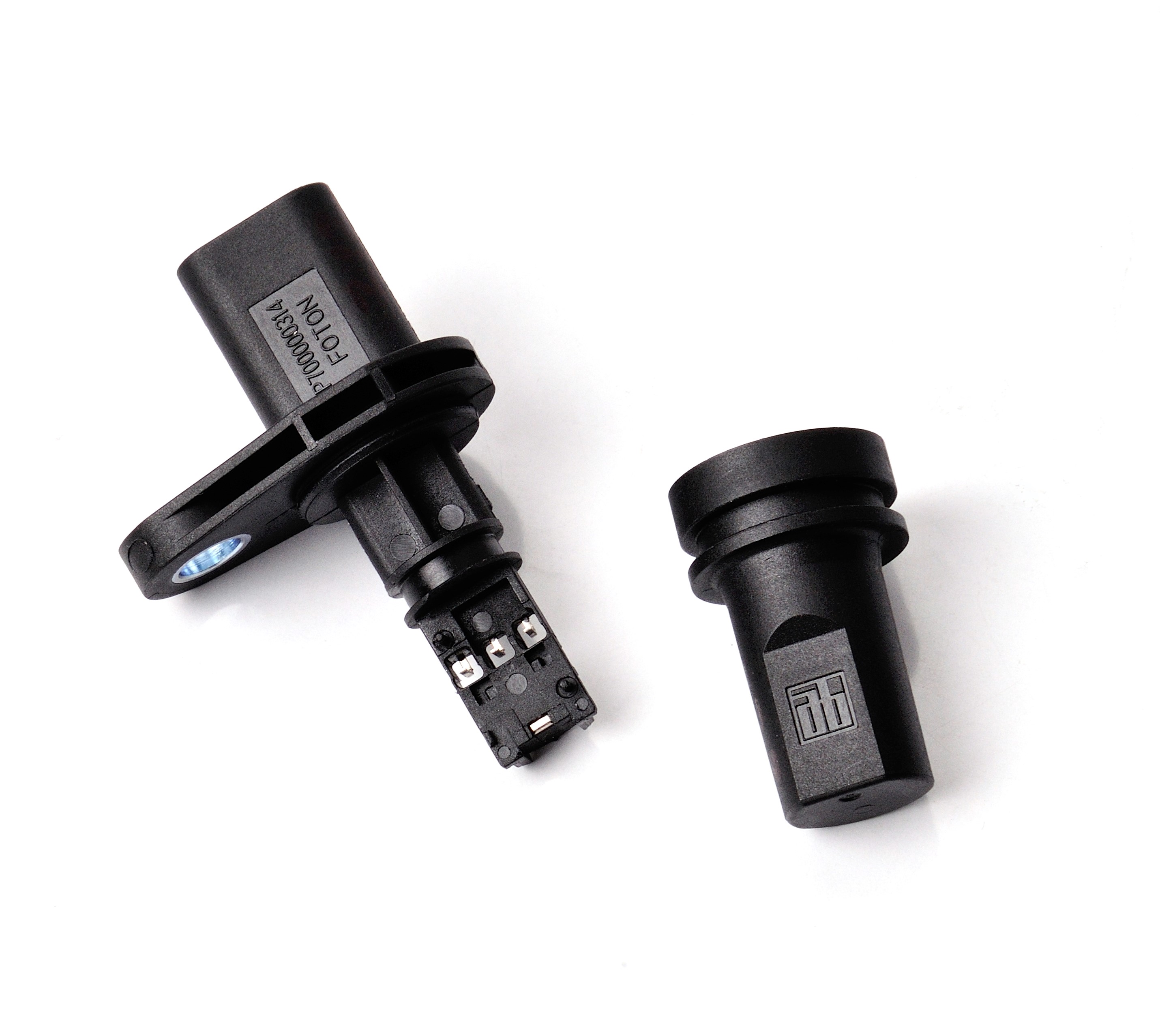Plastic injection molding
How to solve the short shot issue for plastic injection molding?

Short shot, where the mold doesn't completely fill with plastic during injection molding, can result from various factors. Here are steps to troubleshoot and solve the short shot issue:
-
Check Material Flow: Insufficient material flow can cause short shots. Ensure that the material is flowing properly by verifying the correct temperature and viscosity for the material being used. Adjust the injection pressure, speed, and temperature to improve material flow.
-
Verify Injection Parameters: Review and adjust injection parameters such as injection pressure, injection speed, and injection time. Increase injection pressure to improve material flow and packing. Adjust injection speed to allow for proper filling of the mold cavity without causing turbulence or air entrapment.
-
Check Mold Venting: Inadequate mold venting can lead to air entrapment, preventing proper material flow and causing short shots. Ensure that the mold vents are clear and unobstructed to allow trapped air to escape during the injection process.
-
Inspect Mold Gates and Runners: Blocked or undersized gates and runners can restrict material flow and cause short shots. Check the gates and runners for any obstructions or restrictions and clean or adjust them as needed to ensure proper material flow into the mold cavity.
-
Review Mold Design: Evaluate the mold design for any issues that may contribute to short shots, such as inadequate gate size, improper runner design, or insufficient venting. Consider redesigning the mold or adjusting the gate and runner layout to improve material flow and filling.
-
Check Injection Molding Machine: Inspect the injection molding machine for any issues that may affect material flow and injection consistency. Check for worn or damaged components, such as check valves, nozzles, or screw tips, and replace them if necessary.
-
Optimize Cooling System: Inefficient cooling can lead to premature solidification of the plastic material, resulting in short shots. Optimize the cooling system by adjusting cooling channel layout, flow rates, and temperatures to ensure proper cooling and solidification of the material.
-
Address Material Moisture: Excessive moisture in the material can cause poor material flow and short shots. If using hygroscopic materials, ensure proper drying of the material before processing to minimize moisture content and improve flow characteristics.
-
Perform Mold Maintenance: Regular maintenance of the mold is essential to prevent issues such as wear, damage, or buildup that can affect material flow and injection quality. Clean and inspect the mold regularly, and address any issues promptly to ensure optimal performance.
-
Monitor and Adjust Process Parameters: Continuously monitor the injection molding process and make adjustments as needed to address any fluctuations or deviations. Maintain accurate records of process parameters and troubleshooting efforts to identify and address recurring issues effectively.
By systematically addressing these potential causes and implementing appropriate corrective actions, you can troubleshoot and solve the short shot issue in plastic injection molding, resulting in improved part quality and production efficiency.
